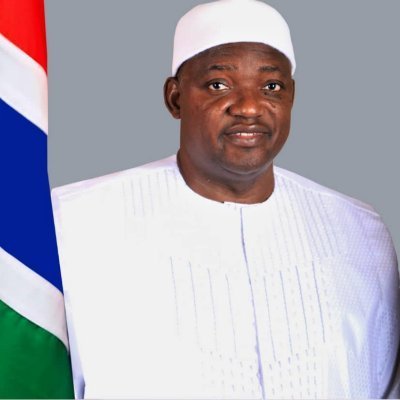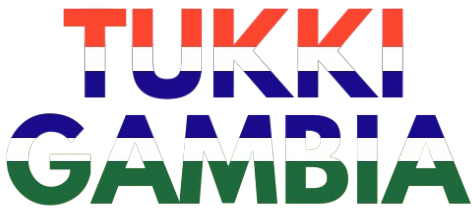
History
The Gambia
The history of The Gambia is rich and deeply rooted in West African heritage. Once part of powerful empires such as the Mali and Songhai, the region flourished through trade across the trans-Saharan routes. In the 15th century, Portuguese explorers arrived, followed by the British, who eventually established colonial control. The Gambia became a key site in the transatlantic slave trade, with many enslaved Africans taken from its shores. After years under British rule, The Gambia gained independence in 1965 and later became a republic in 1970. Today, its history remains a blend of indigenous culture, colonial influence, and resilience.
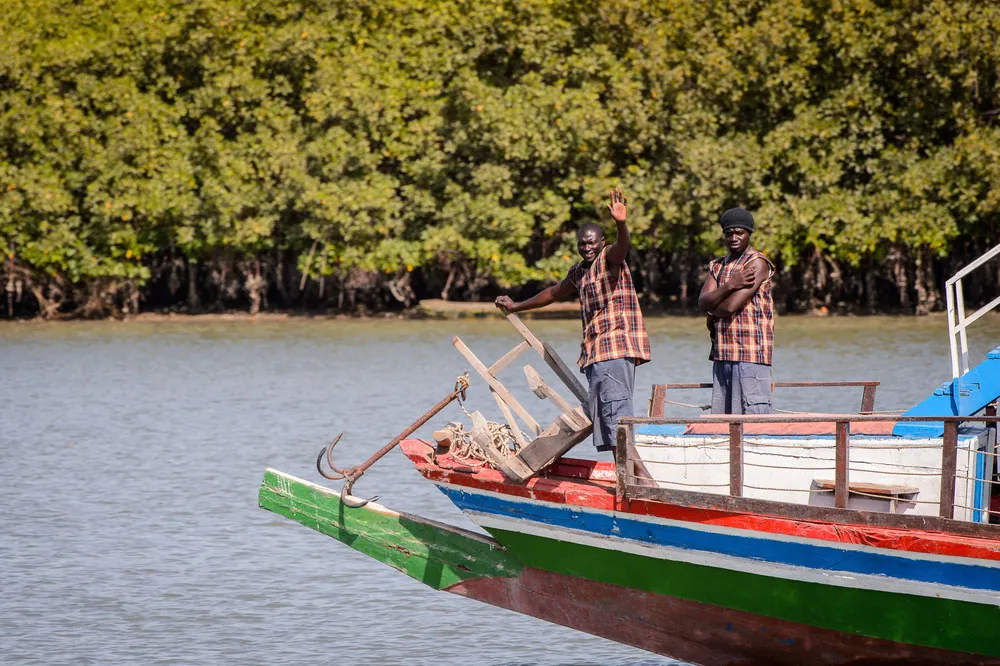
Early history
It is possible that the Carthaginian explorer Hanno the Navigator sailed as far as the Gambia on an expedition in the 470 BC. Very few pieces of information are known about the Gambia area from before 500 AD.
Mali and Songhai empires
The first verifiable written accounts of the region come from records of Arab traders in the 9th and 10th centuries AD. In medieval times the area was dominated by the trans-Saharan trade. The Mali Empire, most renowned for the Mandinka ruler Mansa Kankan Musa, brought worldwide recognition to the region due to its enormous wealth, scholarship, and civility. From the early 13th century, the Kouroukan Fouga, Mali’s constitution, was the law of the land. The North African scholar and traveler Ibn Battuta visited the area in 1352 and said about its inhabitants:
The people of the region possess many admirable qualities. They are seldom unjust and have a greater abhorrence of injustice than any other people. There is complete security in their country. Neither traveler nor inhabitant in it has anything to fear from robbers or men of violence.[3]
The Songhai Empire, named after the Songhai people whose king assumed formal control of the Empire, came to dominate the region in the 16th century.
15th and 16th centuries
By the 15th century, most of the Gambia “valley was under the control of small Mandinka kingdoms founded by immigrants from the Mali empire.”
The European discovery of the Gambia began in the 15th century, with the push toward exploration by the Portuguese Prince Henry the Navigator. In 1446, Portuguese captain Nuno Tristao made contact with the inhabitants of Cape Vert, and made a treaty of commerce and friendship with them. Every year following, ships were sent from Portugal to trade with them. From them, information reached Henry the Navigator regarding the Gambia, and according to their reports, the banks of the river yielded large quantities of gold. In 1455, Henry induced a Venetian called Luiz de Cadamosto to take a single ship on an expedition in search of the river. Later in the same year, he sent a Genoese trader called Antoniotto Usodimare with two ships on the same quest. The two joined forces near Cape Verde and, by keeping close to the coast, easily found the mouth of the Gambia River.
They arrived at the River Gambia in June 1455 and proceeded a short way upstream. They repeated the voyage the next year in May 1456, proceeding further upstream and making contact with some of the native chiefs. When they were near the river’s mouth, they cast anchor at an island where one of their sailors, who had previously died of a fever, was buried. As his name was Andrew, they named the island St Andrew’s Island.
World War I and interwar years
During World War I, the Gambia Company served alongside other British troops in the Kamerun campaign, under the command of Captain V. B. Thurston of the Dorsetshire Regiment, and a number of its soldiers received gallantry medals for their conduct.
In 1920, the National Congress of British West Africa was formed, an organisation working towards African emancipation, with Edward Francis Small as the sole delegate. He returned and founded the Gambia Section of the Congress, the principal aim of which was to achieved elected representation in the government of the Gambia. It also frequently petitioned against unpopular government policies. It had some success, with Small founding the first Gambian trade union, the Bathurst Trade Union, in 1929. However, it failed to prevent its opponent, Ousman Jeng, being appointed to the Legislative Council in 1922 and again in 1927.
In 1932, Small founded the Rate Payers’ Association (RPA) to oppose the unpopular policies of Richmond Palmer, the Governor, and of the conservative elements of Gambian politics, led by Forster and his nephew W. D. Carrol. By the end of 1934, the RPA was winning all the seats on the Bathurst Urban District Council and its successor the Bathurst Advisory Town Council, however, had no representation in the Legislative Council.
World War II
During World War II, the Gambia Company became the Gambia Regiment, with a strength of two battalions from 1941. It fought in the Burma campaign and served for some time under the command of Antony Read, later the Quartermaster-General to the Forces. the Gambia itself was also important to the war effort. It was home to RAF Bathurst, a flying boat base, and RAF Yundum, an RAF station. HMS Melampus, a shore base, was also based at Bathurst for some of the war, and in 1942, a light cruiser named HMS Gambia was launched, which maintained ties to the colony until it was decommissioned in 1960. Bathurst was also the nearest English-speaking port to Dakar, where, before the Battle of Dakar, the Vichy French battleship Richelieu had been told to travel to.
the Gambia was also home to 55 British General Hospital from 1941 to 1942, 40 British General Hospital from 1942 to 1943, and 55 British General Hospital again from 1945 to 1946. During World War II, the Gambia also formed an Auxiliary Police, who, among other things, helped to enforce the blackout in Bathurst. Many air raid shelters were built across the Gambia too. In 1943, Franklin D. Roosevelt, the President of the United States, stopped overnight in Bathurst en route to and from the Casablanca Conference. This marked the first visit to the African continent by a sitting US president. The visit hardened his views against British colonial rule. Appalled, as he was, by the poverty and disease that was present there, he wrote to Churchill describing the territory as a “hell-hole”.
Post-war reform
After the Second World War, the pace of reform increased. The economy of the Gambia, like other African countries at the time, was very heavily orientated towards agriculture. Reliance on the groundnut became so strong that it made up almost the entirety of exports, making the economy vulnerable. Groundnuts were the only commodity subject to export duties; these export duties resulted in the illegal smuggling of the product to French Senegal. Attempts were made to increase production of other goods for export: the Gambian poultry scheme/Yundum egg scheme pioneered by the Colonial Development Corporation aimed to produce twenty million eggs and one million lb of dressed poultry a year. The conditions in the Gambia proved unfavourable and typhoid killed much of the chicken stock, drawing criticism to the corporation.
The River Gambia was the principal route of navigation and transport inland, with a port at Bathurst. The road network was mainly concentrated around Bathurst, with the remaining areas largely connected by dirt roads. The only airport was at Yundum, built in World War II. Post war it was used for passenger flights. Both British South American Airways and the British Overseas Airways Corporation had services, the former moving its service to Dakar, which had a concrete runway (as opposed to pierced steel planking). The airport was rebuilt in 1963 and the building is still in use today.
Independent Gambia
At the Marlborough House constitutional conference in June 1964, it was agreed between the British and Gambian delegations that the Gambia would become an independent country on 18 February 1965. It was agreed that Queen Elizabeth II would remain as the head of state, and a Governor-General would exercise executive powers on her behalf. On 18 February, Prince Edward, Duke of Kent, on behalf of the Queen, formally granted the country independence with Prime Minister Jawara representing the Gambia. It became the 21st independent member of the Commonwealth, with a constitution described as a “sophisticated version of the Westminster export models.”
Following agreements between the British and Gambian Governments in July 1964, the Gambia achieved independence on 18 February 1965 as a constitutional monarchy within the Commonwealth.
Shortly thereafter, the government held a referendum proposing that an elected president replace the Queen of the Gambia as head of state. The referendum failed to obtain the two-thirds majority required to amend the constitution, but the results received widespread attention abroad as testimony to the Gambia’s observance of secret balloting, honest elections, and civil rights and liberties.
Presidents
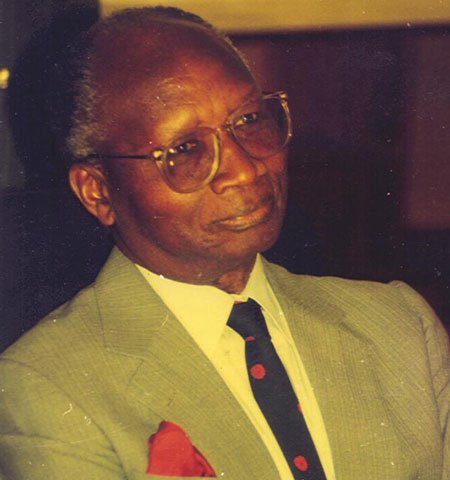
Sir Dawda Kairaba Jawara
1970 – 1994
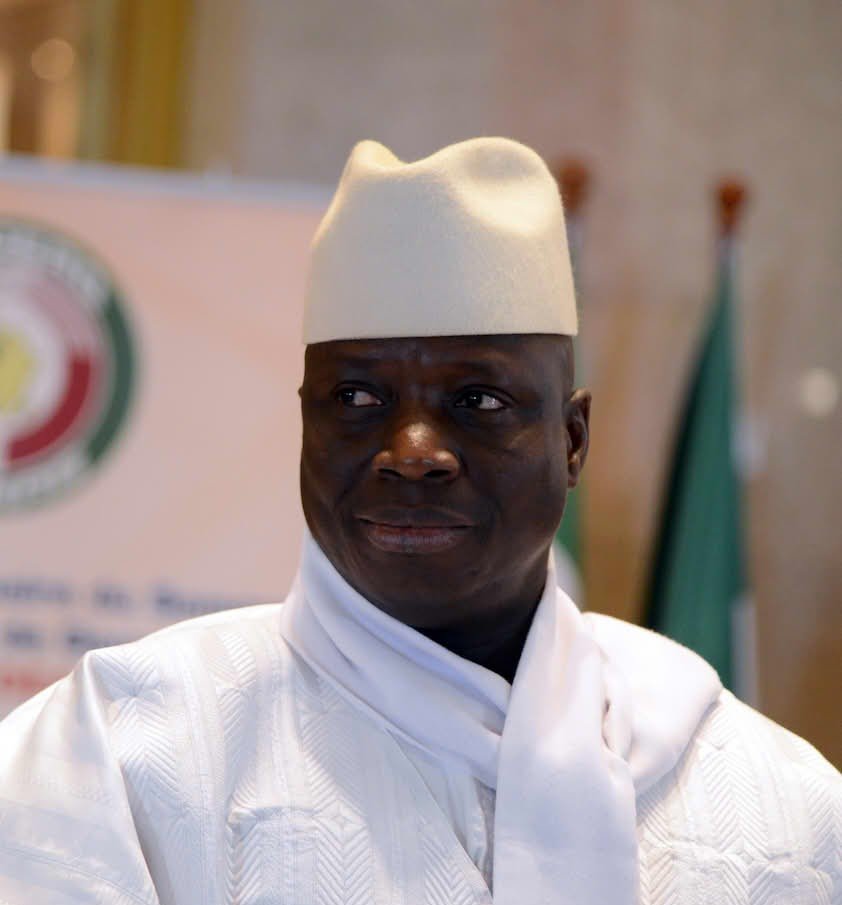
Yahya Jammeh
1996 – 2016
